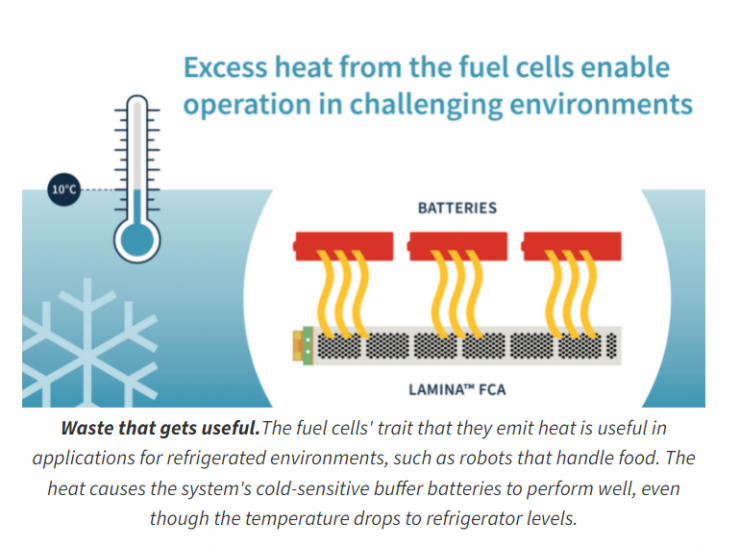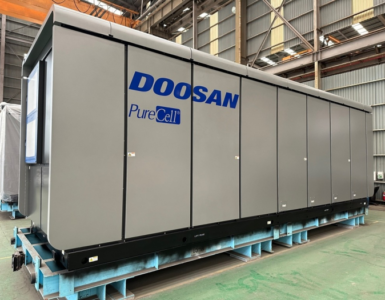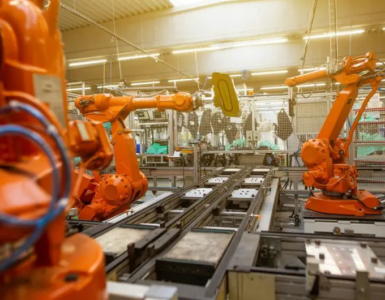myFC Lab Story: Waste heat from fuel cells aids sustainable operations in cold environments.
myFC Lab Stories is non-regulatory information from myFC’s laboratory. The texts reflect the work that the company’s researchers and developers carry out in the development of the patented technology. The numbers and data in this text are not to be considered as a forecast for future revenues.
An ordinary Otto engine has an efficiency of 30 percent. Fuel cells are better, more than 50% of the hydrogen gas is converted to electrical energy and the rest is transformed into heat that can be used to increase the overall efficiency of the systems.
An example where the heat can be reused in a smart way are applications with automated vehicles, designed for cool environments.
🔥 What about we co-host a webinar? Let's educate, captivate, and convert the hydrogen economy!
Hydrogen Central is the global go-to online magazine for the hydrogen economy, we can help you host impactful webinars that become a global reference on your topic and are an evergreen source of leads. Click here to request more details
Sebastian Weber, CTO at myFC.
When it gets cold, the robots’ batteries are negatively affected, and they start to perform less well. But a combination with fuel cells can solve the problem.
In the food industry’s automated inventory management, the batteries’ loss of capacity during cooling is a problem. In temperatures below 10 degrees Celsius, the effect is noticeable.
“If it is minus degrees, the capacity decreases almost exponentially. An automated storage robot (AGV) that is powered by batteries in that environment will inevitably perform significantly less well and will last shorter,” says Sebastian Weber.
The intralogistics industry in particular is an area where myFC’s patented technology with micro fuel cells has several advantages. The technology is flexible and modular and can be accommodated in the narrow spaces that AGVs offer.
But battery-powered robots perform inferior in chilled environments, something that could be helped if they were powered by a combination of micro fuel cells and batteries.
When the storage robots’ batteries are joined with hydrogen-powered micro fuel cells, the operating share of the time increases radically and the batteries also have a significant extension of their service life, which saves costs and reduces the need to produce new batteries.
The hydrogen gas fills up very quickly, a few minutes are enough. Then the robot can roll out and work again, with a constantly fully charged battery that guarantees the possibility of fast power outlets when needed. The food industry is a segment where online commerce has had a strong impact in recent years, and where highly automated warehouses are increasingly used.
“However, they have problems with the cold affecting the systems negatively. All robots that are battery-powered are affected,” says Sebastian Weber.
When combined with fuel cells, however, the problem of the batteries losing capacity when the temperature drops disappear. The waste heat of the fuel cells keeps both them and the batteries heated to a favorable room temperature which means that they keep their charge. Thanks for staying up to date at Hydrogen Central.
In applications that are not in continuous operation, the waste heat of the fuel cells can also be used to preheat the systems, and at the same time charge the batteries without having to be connected to a charging station.
“In that case they function much like a passenger compartment or engine heater that provides a good working temperature before the systems are put into use. It increases efficiency and reduces energy consumption,” says Sebastian Weber.
myFC Lab Story: Waste heat from fuel cells aids sustainable operations in cold environments, January 20, 2022








